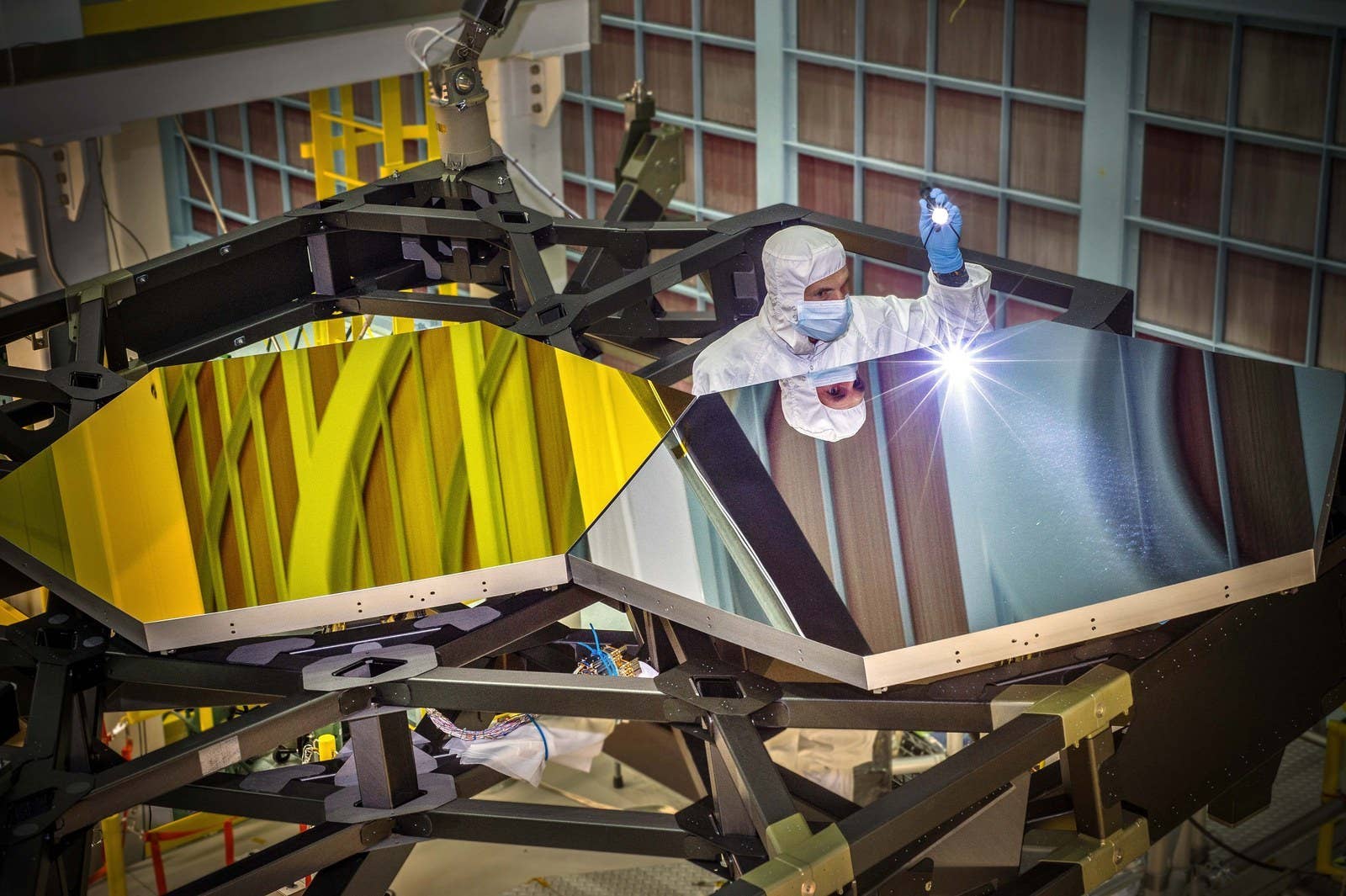
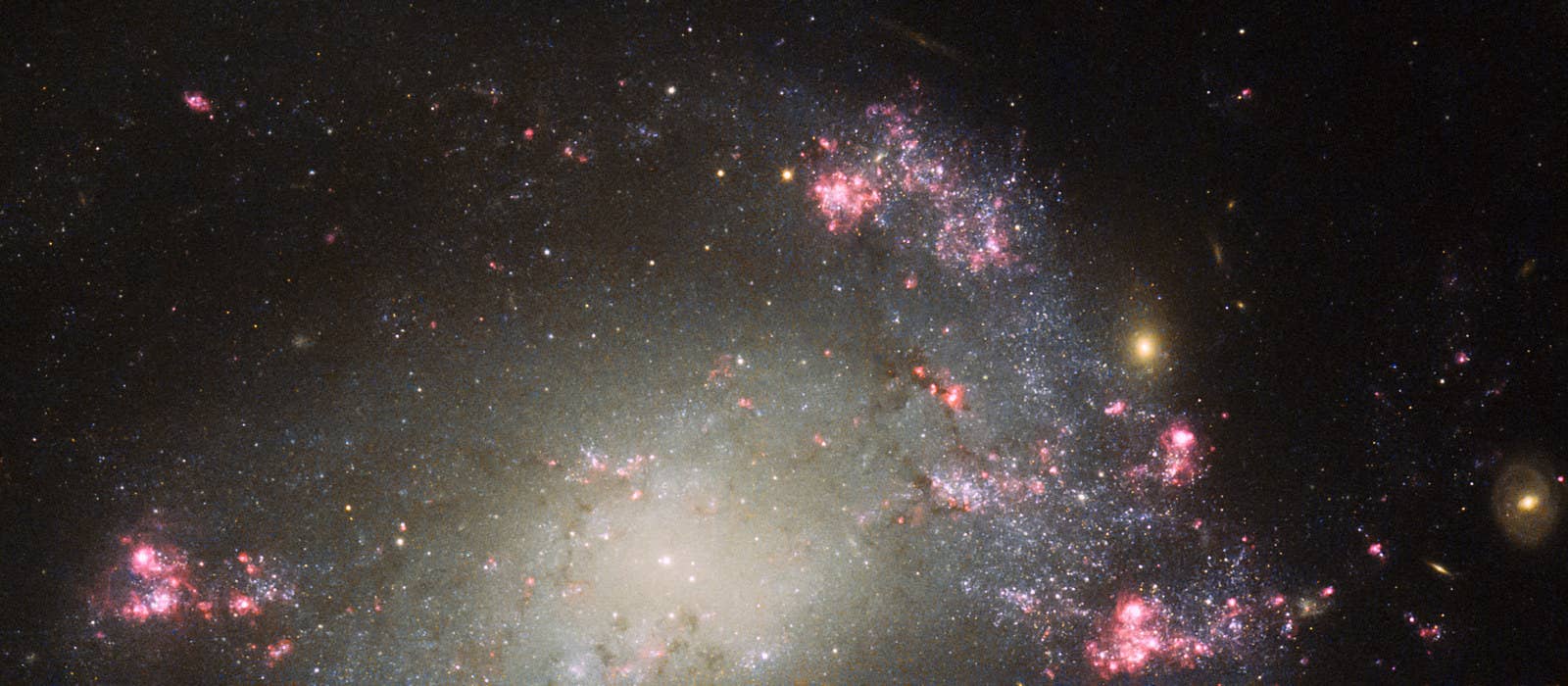
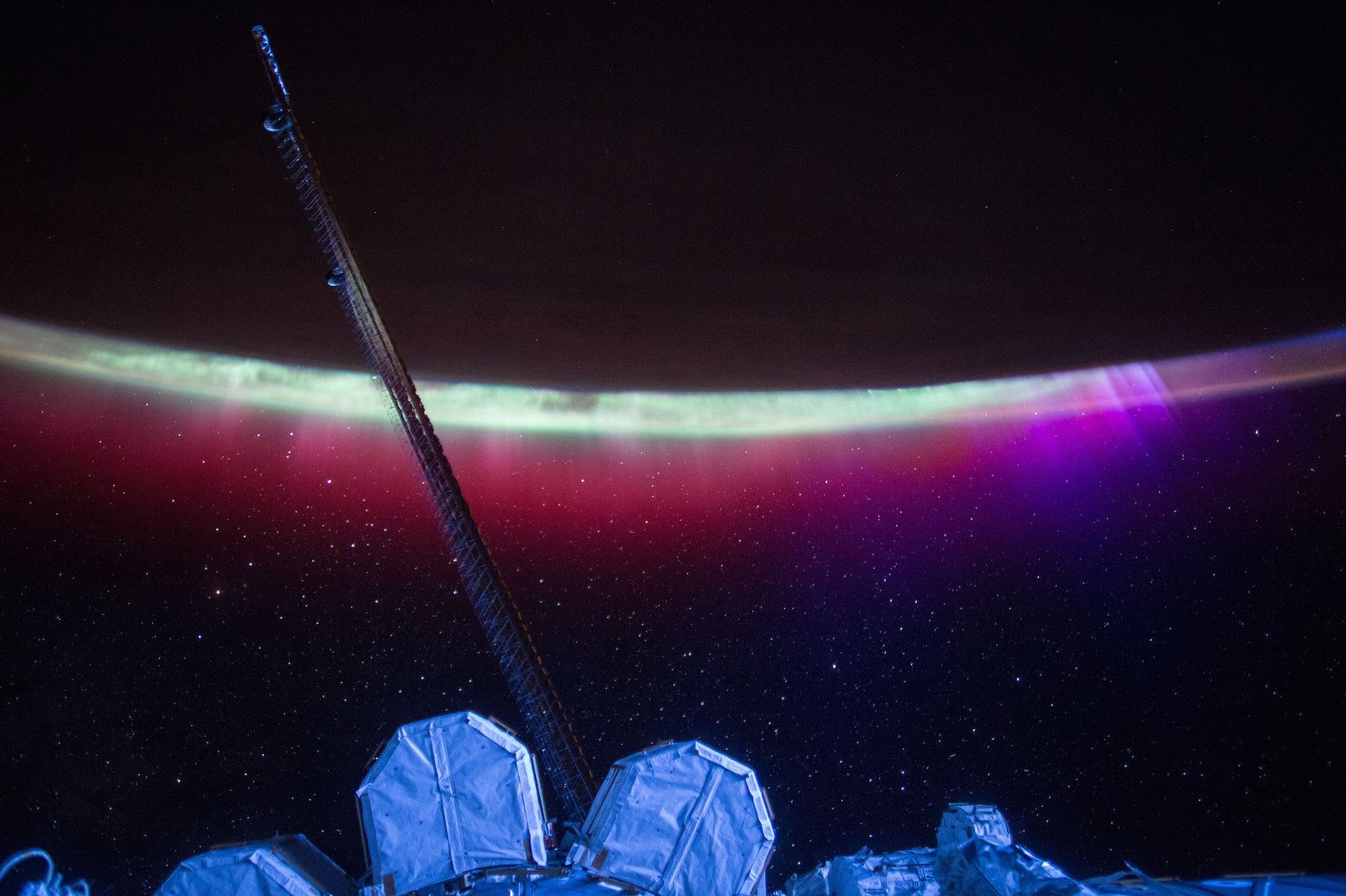
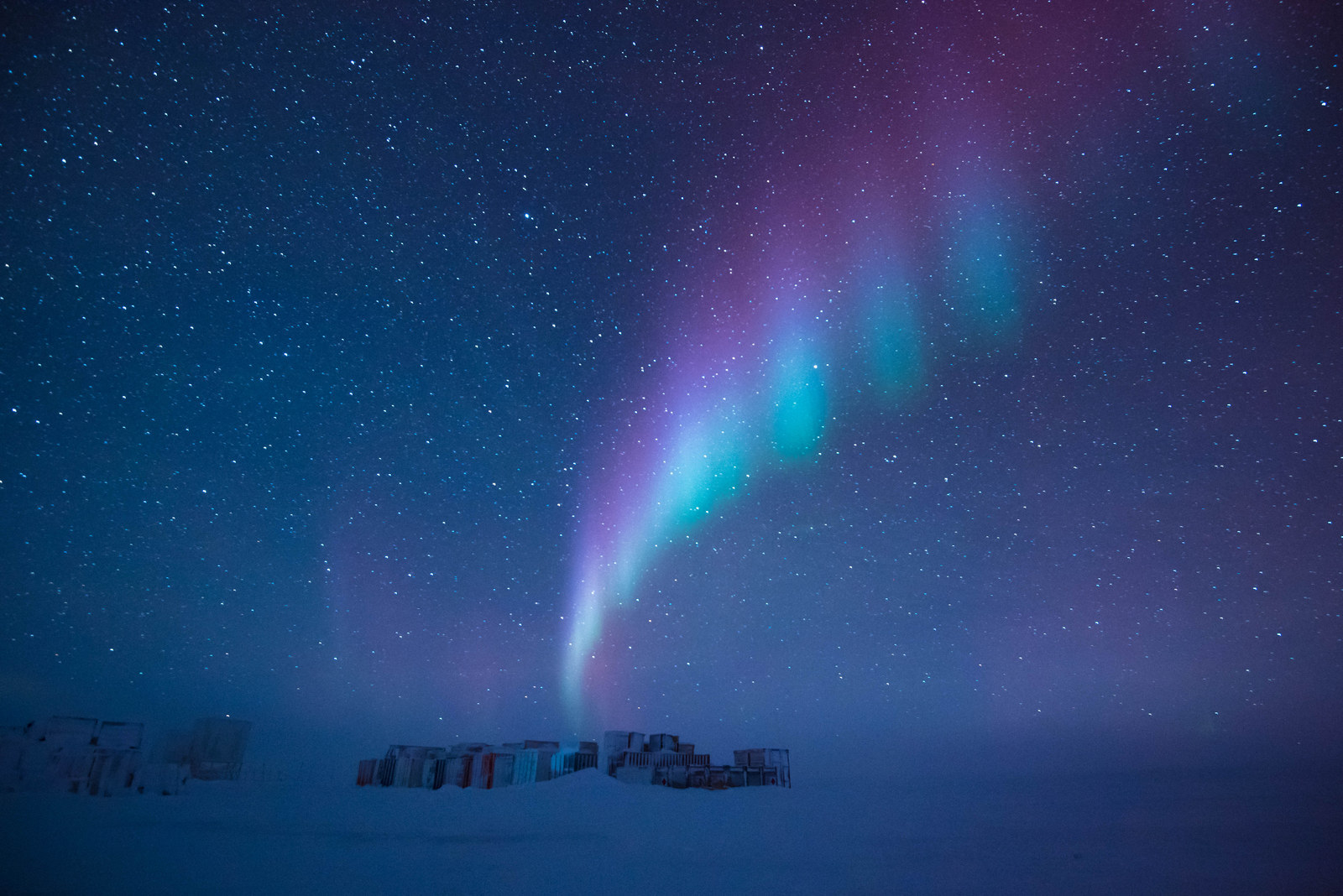
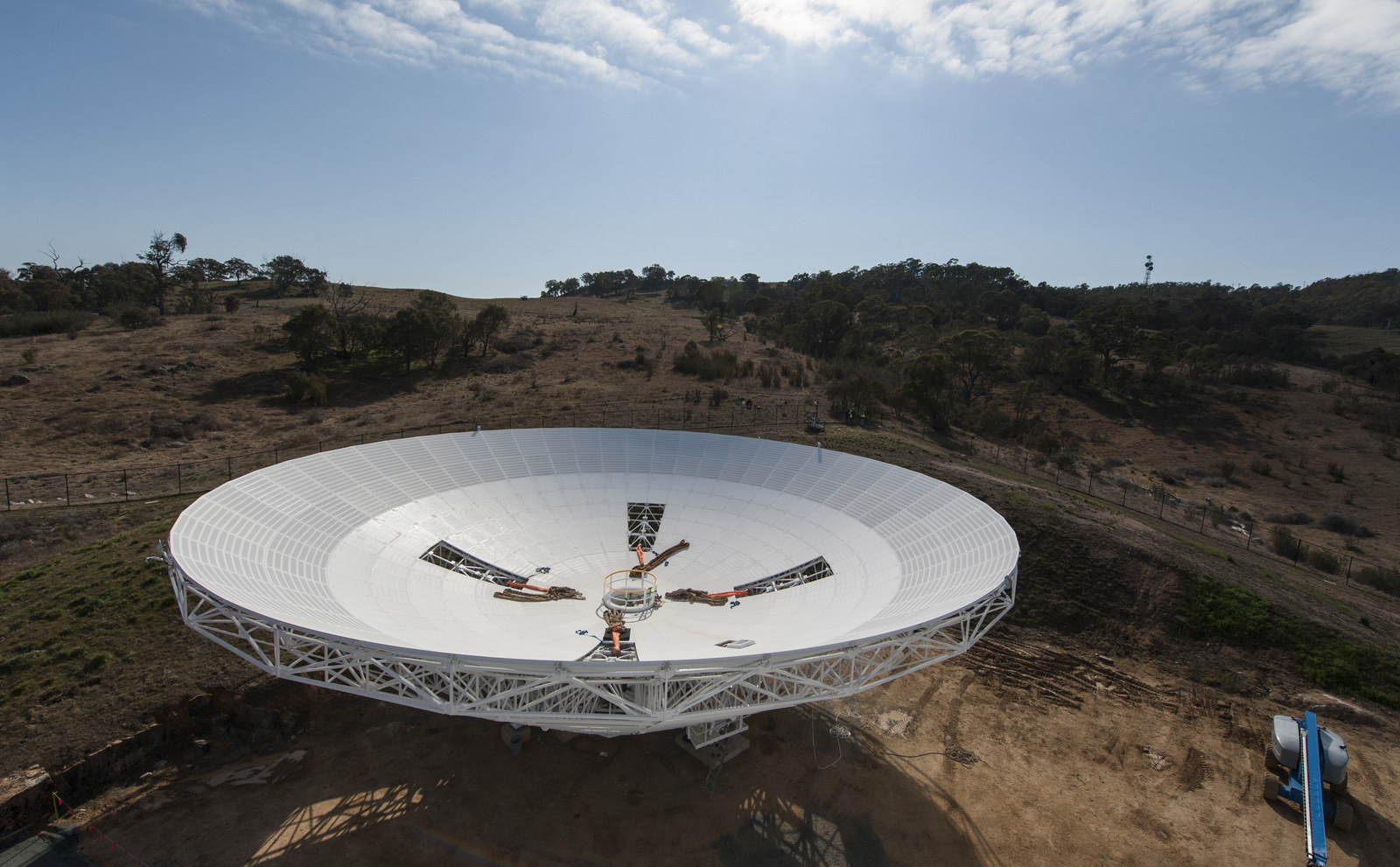

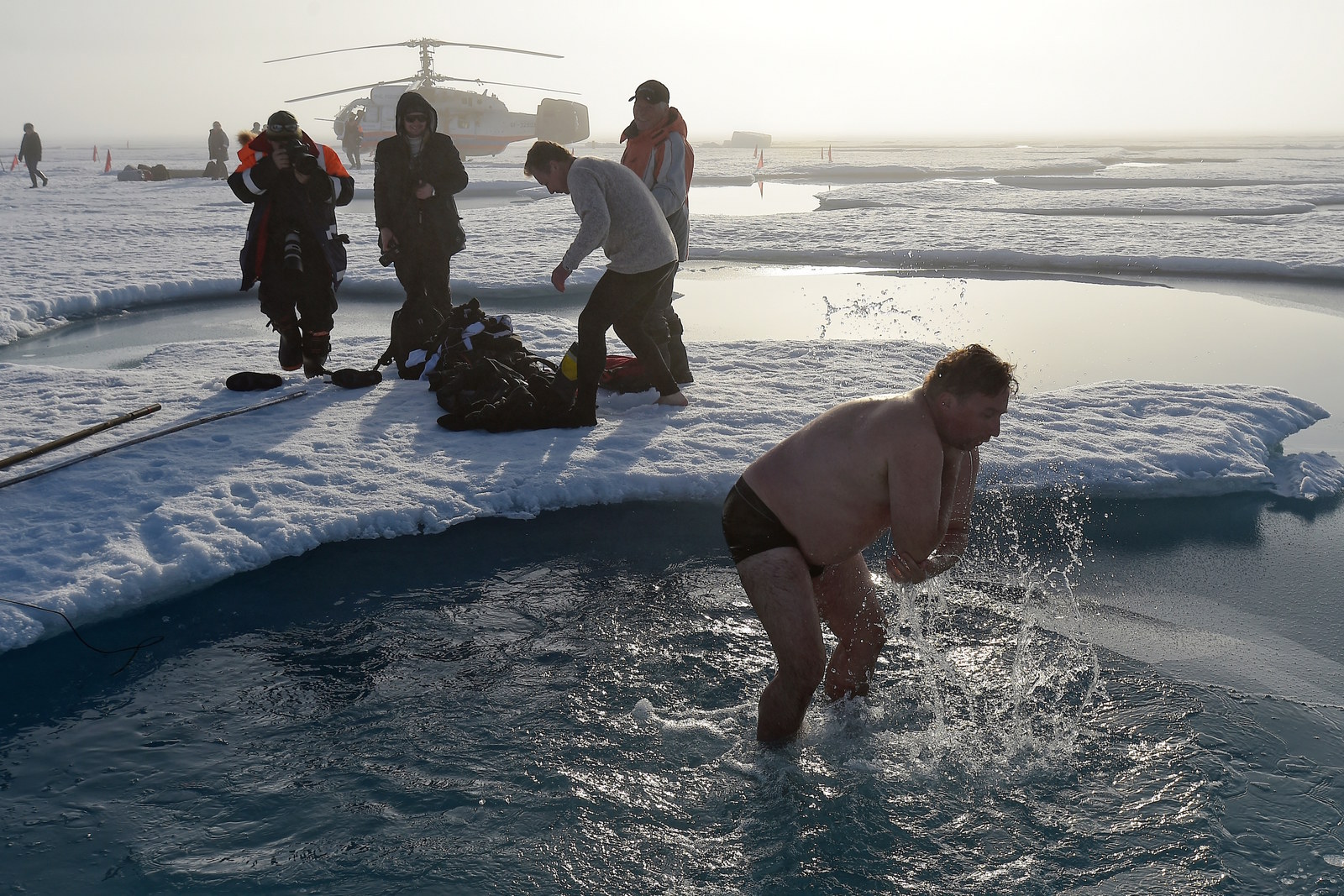
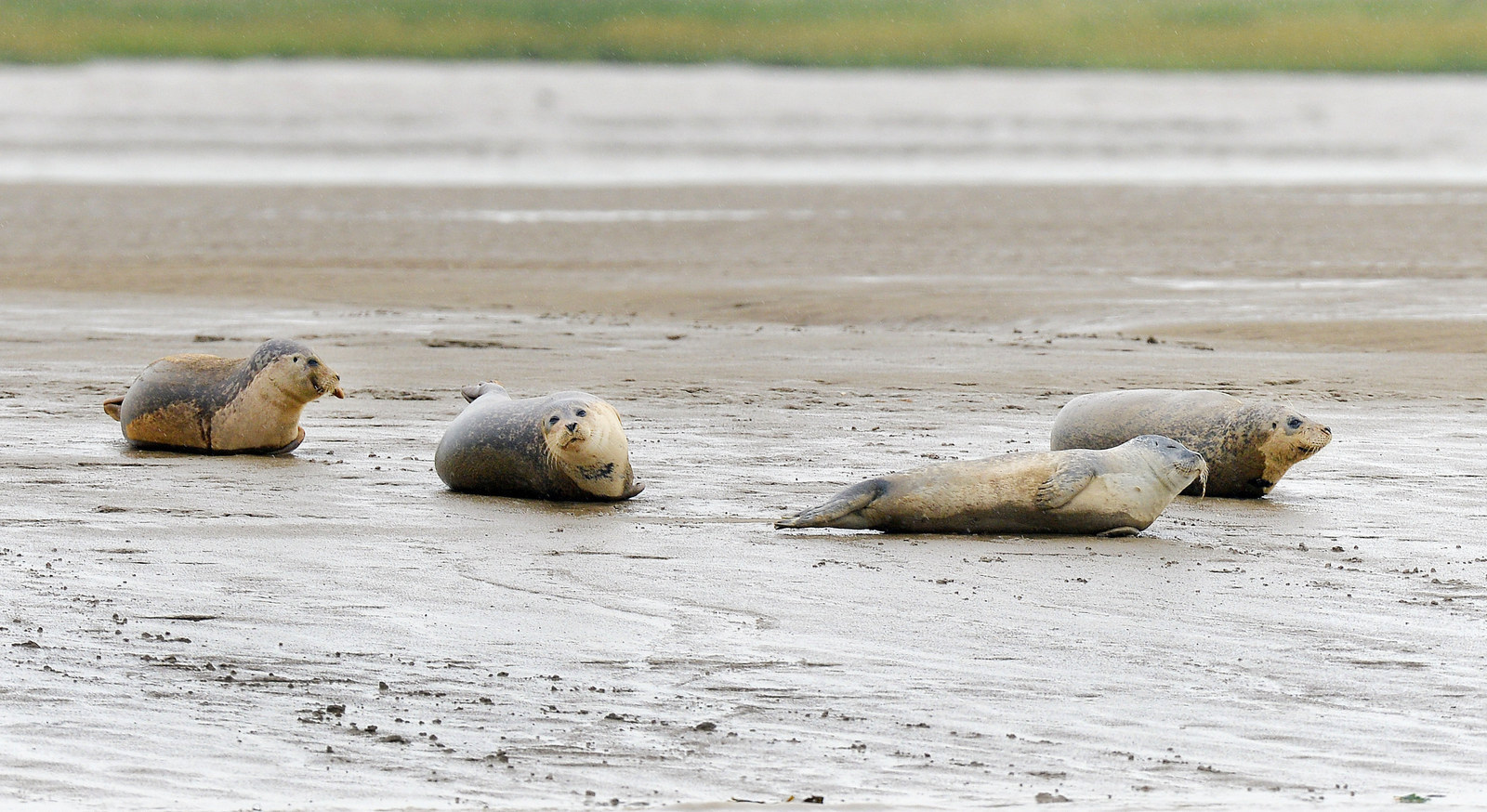
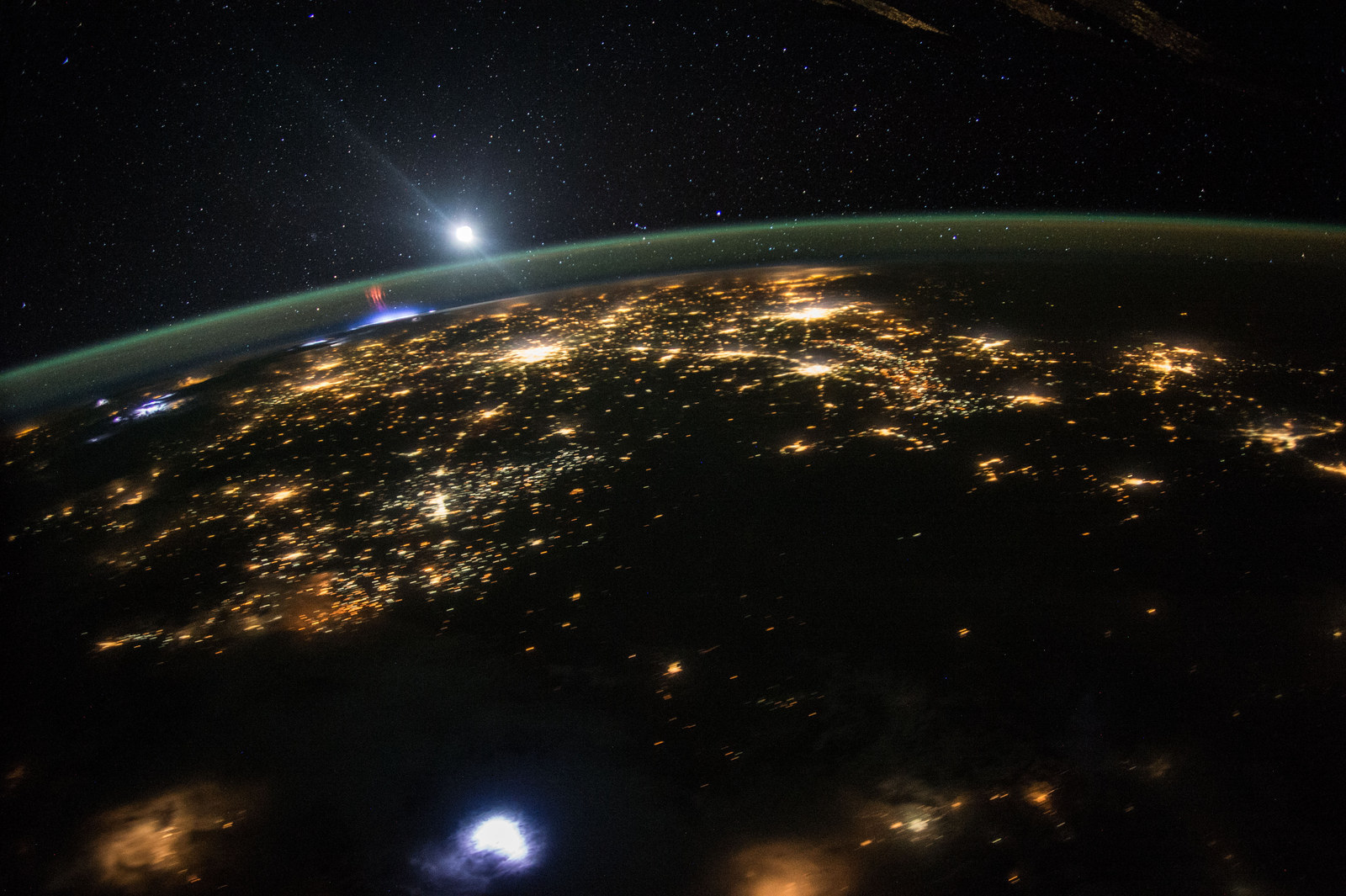
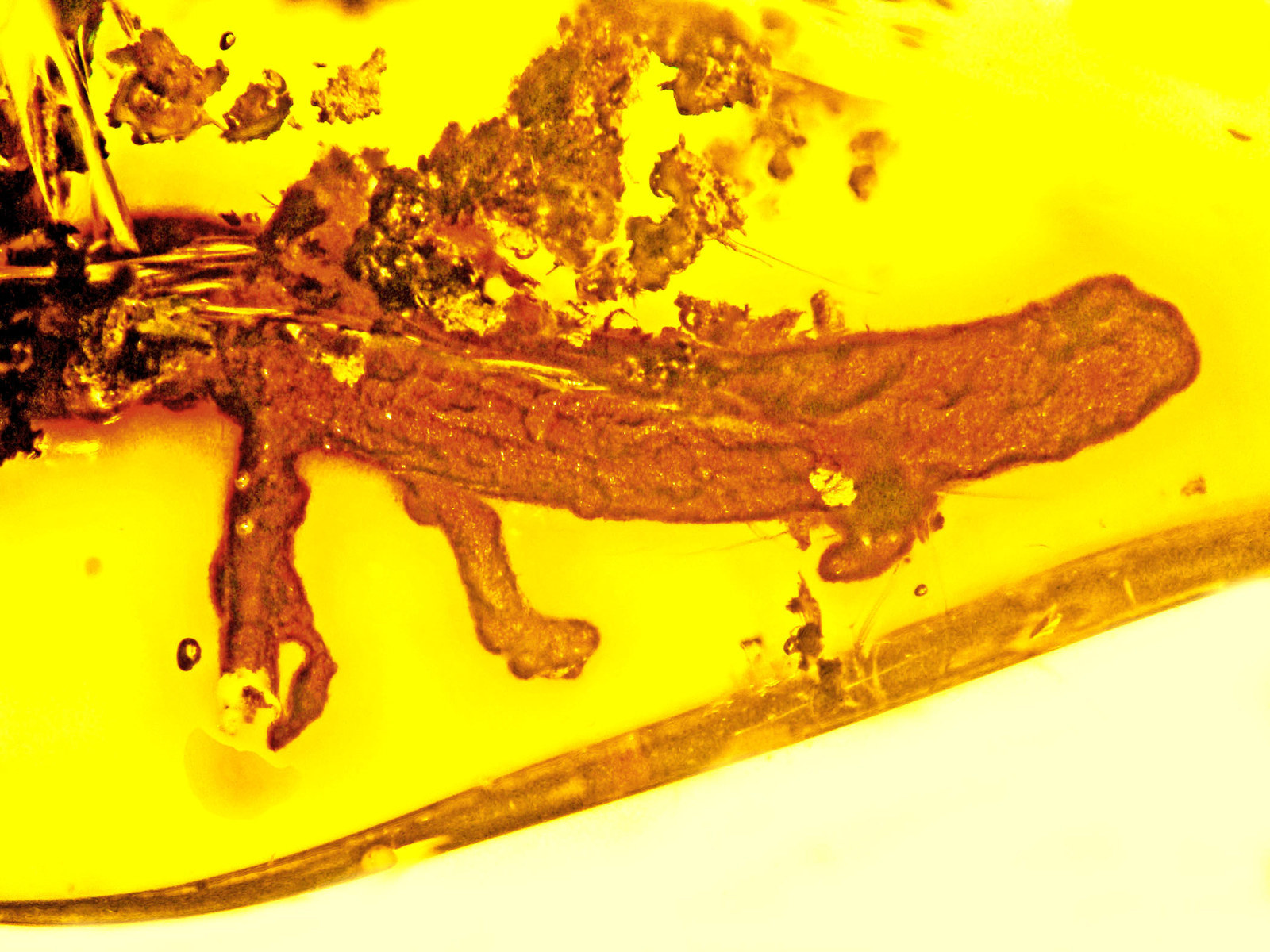
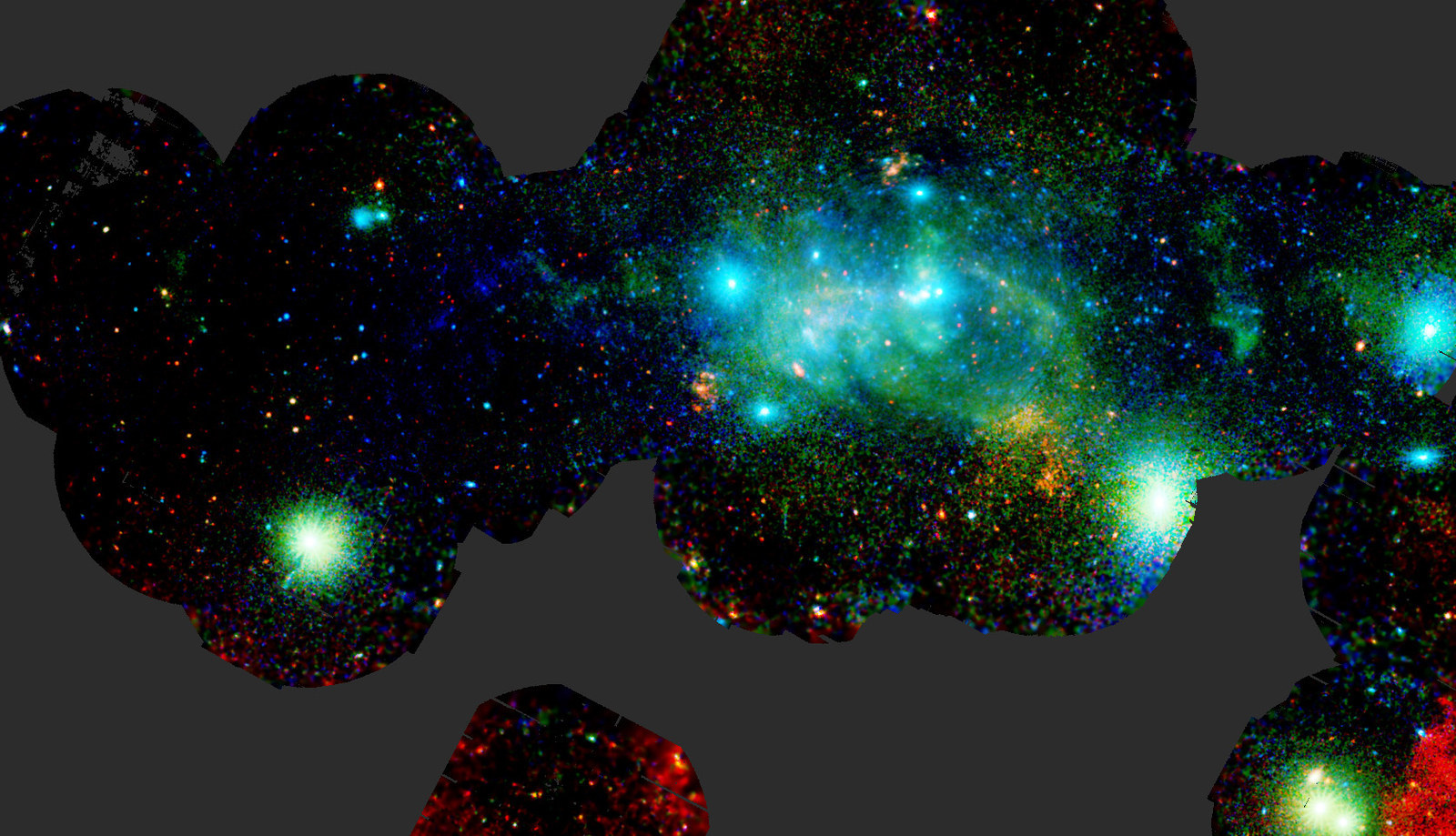
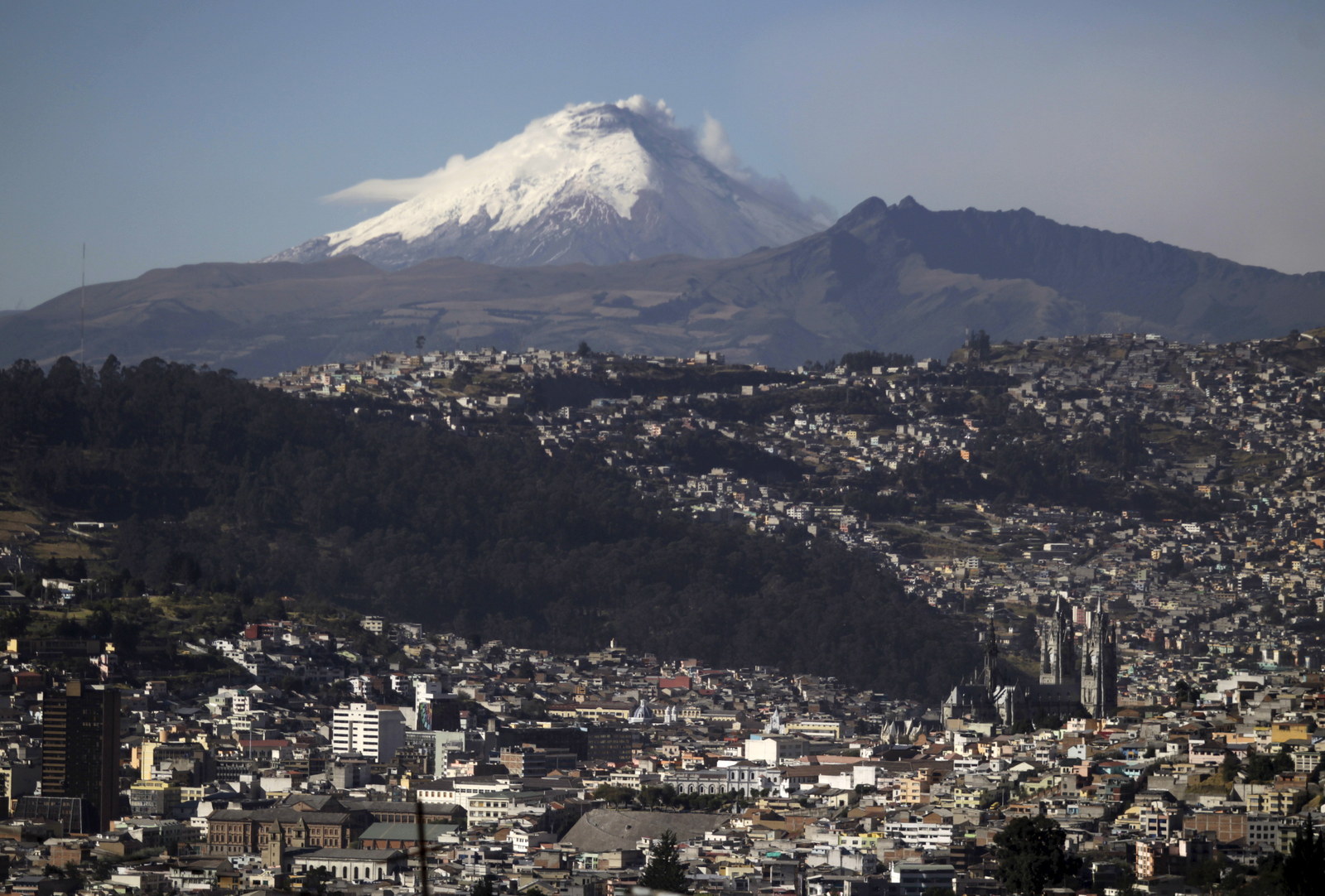
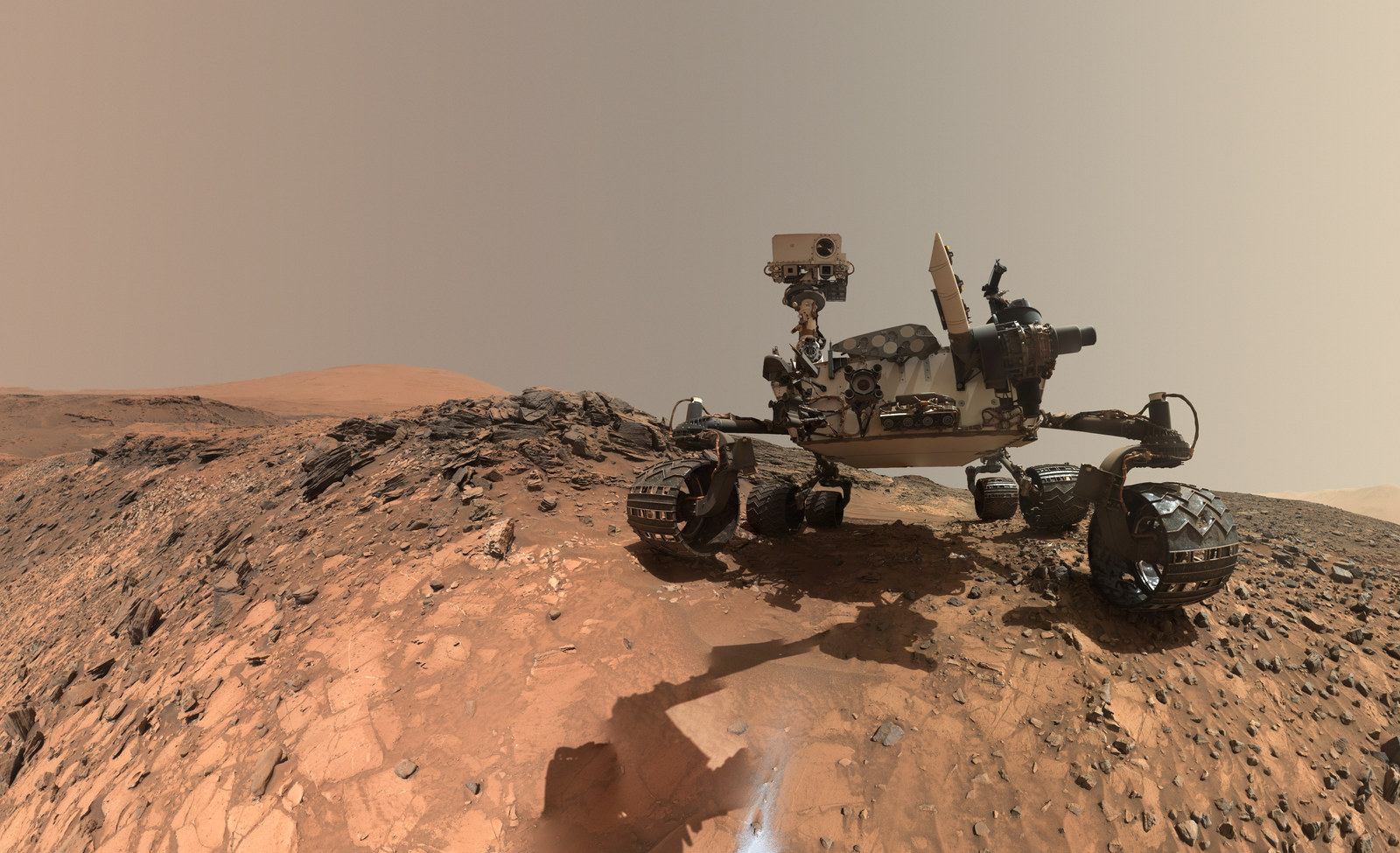
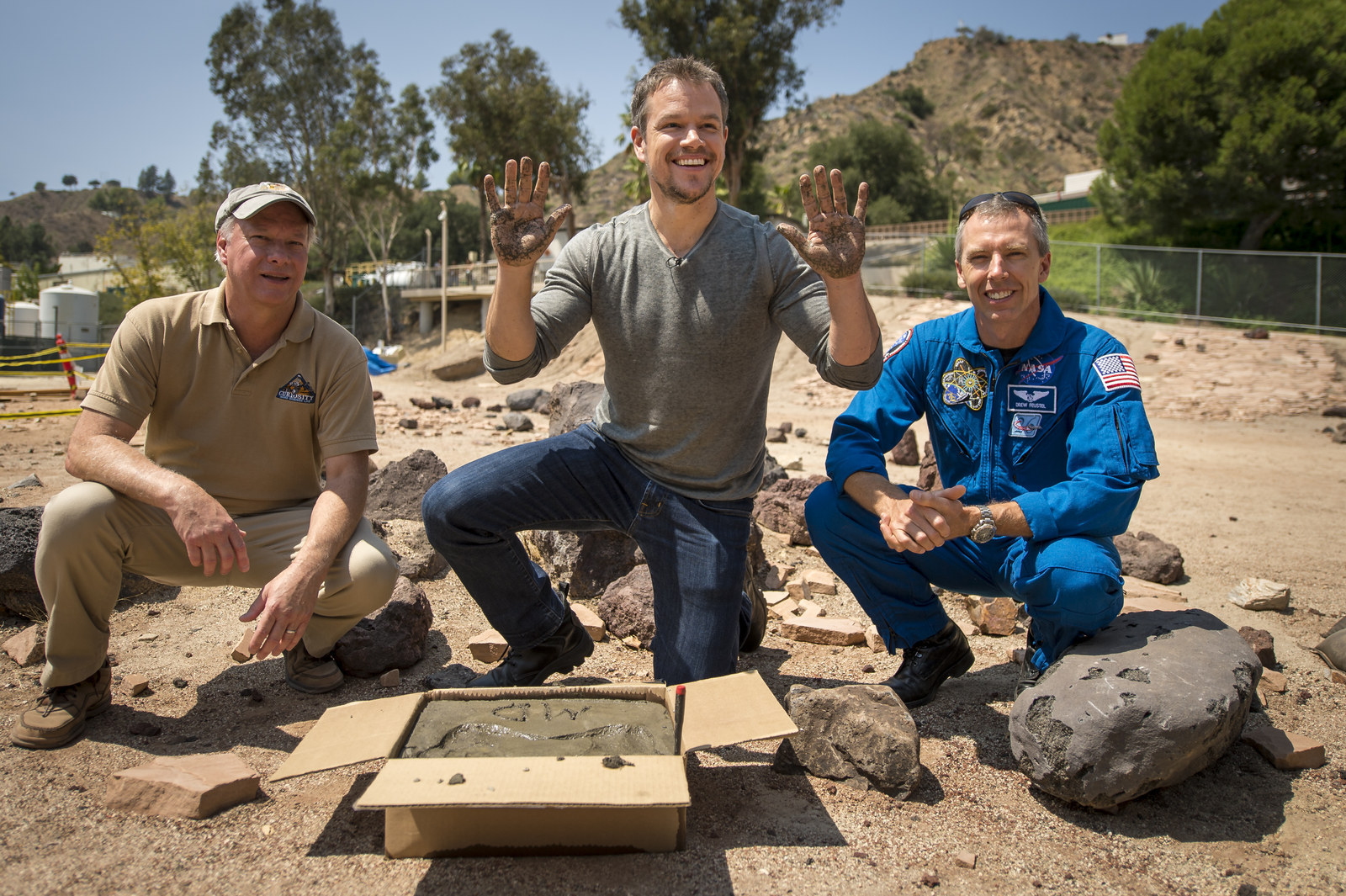
Dazzling diamonds, super-shiny space telescope mirrors, some seals chilling by the Thames, Matt Damon, and more.

Two test mirror segments for the James Webb Space Telescope are inspected by an optical engineer. There will be 18 mirror segments in total, all covered in a thin layer of gold, as seen on the segment on the left of this photograph.

Part of a messy barred spiral galaxy NGC 428, as seen by the Hubble Space Telescope. It's 48 million light-years away from Earth in the constellation of Cetus (The Sea Monster).

The Aurora Borealis viewed from the International Space Station on Aug. 15 as the sun emerges from behind the Earth.

There's a 13-strong crew spending nine months at the Concordia research station in Antarctica. For 100 days, the sun won't rise above the horizon there — but at least this aurora australis popped by to bring some light into their life.

This new 34-meter antenna dish was installed at the Canberra Deep Space Communication Complex in Tidbinbilla, Australia, this week.

Most diamonds found near the surface of Earth formed deeper underground. Chemical impurities that get stuck in these diamonds can give us information about these inaccessible regions. A study published in Nature this week analyzed fluid from diamonds found in the Northwest Territories, Canada.

Researchers disembark Russia's "North Pole" drifting scientific seasonal station on Aug. 17 in the Murmansk region, Russia.

A group of seals chill out on mud flats in the Thames Estuary. More than 2,000 seals have been spotted in the Thames over the last 10 years, according to the Zoological Society of London.

Rare "red sprites" are visible from the International Space Station during a thunderstorm over Mexico earlier this month. The sprites are bright flashes of light and only appear for a few milliseconds, so are difficult to catch on camera.

This is the first salamander to be discovered in amber. It was found in the Caribbean and you can read the full description of the specimen in the journal Paleodiversity.

This is an X-ray view of the center of our galaxy, the Milky Way, as seen by ESA’s XMM-Newton X-ray observatory.

This is the Cotopaxi volcano in Ecuador — one of the world's highest active volcanoes — photographed on Aug. 18. Increased activity around the volcano has led President Rafael Correa to declare a state of emergency.

NASA scientists stitched together a series of images from their Curiosity Rover on Mars to create this dramatic, wide-angle self-portrait.

Matt Damon, who will star as a NASA astronaut in the upcoming film The Martian, stopped by NASA's Jet Propulsion Laboratory where he made handprints in their "Mars Yard" testing ground alongside Mars Science Lab Project Manager Jim Erickson (left) and NASA Astronaut Drew Feustel (right).